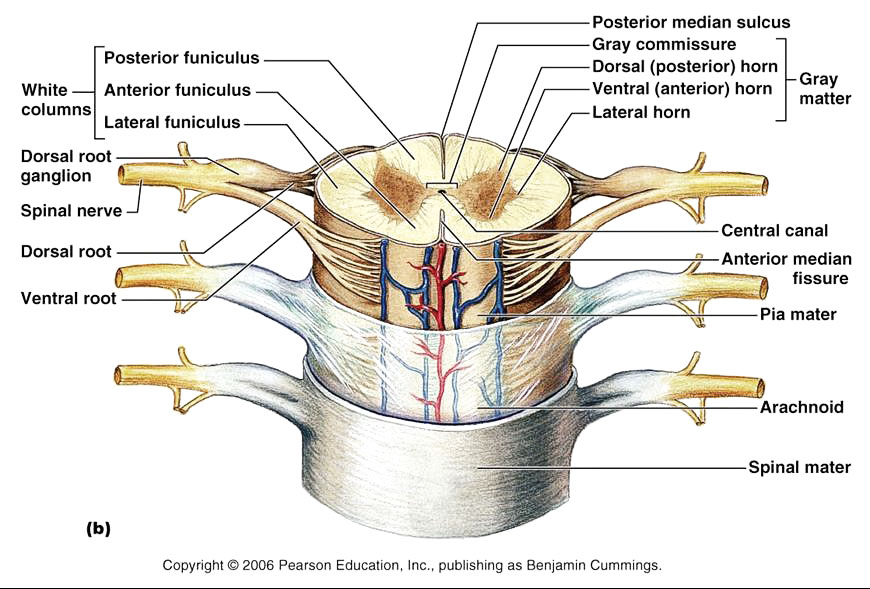What can you expect?
Animal Chiropractic offers non-surgical, drug-free options for correcting bone, disc, and soft-tissue disorders related to improper spinal configuration and movement.
Animal Chiropractic is NOT meant to replace traditional veterinary care.
It is an integrative method that when used in conjunction with good traditional veterinary care, will ensure maximal improvement, top performance and an exeptional quality of life for your animals.

What is "Animal Chiropractic"?
Chiropractic focuses on the preservation and health of the Neuro-Muskulo-Skeletal System.
The main objective is to restore correct movement and function of the musculoskeletal system using manipulation.
We use scientific, safe and precise techniques, which focus on achieving optimum movement and function – certainly adapted to the abilities of the individual patient.
I will help to improve the performance of the athletic animal as well as I treat the sick and injured pet. Both are ideal patients for chiropractic examination and care.
Before the treatment I will see the animal’s gait and general mobility, I will examine every motion unit of the body for motion restriction and I want to learn everything about past treatments and the history of the patient.
I will work at restoring function to problem areas of the skeleton using only my hands.
How does a Chiropractor treat?
The chiropractic treatment is called: Adjustment.
Chiropractors use their hands to apply a sudden force (called Thrust) with high velocity and defined angle and direction to treat.
This adjustment is the difference to all other manipulation or mobilisation techniques.
Why is this so efficient?
Efficiency of joints depends on efficiency of muscles
(80% of stability comes from muscles)
Efficiency of muscles depends on the motorneurons (nerves)
The frequency of firing of the motorneurons depends on the summation of neurological input
The major part of neurological input comes from muscle spindle cells, receptors in tendons (GTO), mechanoreceptors in joints
With our ADJUSTMENT we give a new and better neurological input to the area which is not moving properly.
When the nervous system can efficiently control and sense all the structures within your animal’s body, this enables optimum potential for movement and performance.
What happens in the body?
It is not the condition that there is a „bone out of place“ – it is more that a motion unit is functioning or moving in a less than ideal way – in a manner that is not ideal for the body.
When vertebrae become immovable through trauma, injury or degenerative wear and tear, the joints between them become jammed, often affecting the nerves that are in these congested areas. If the movement and biomechanics of the vertebra become dysfunctional, they can interfere with the performance of the nerves that are branching off of the spinal cord and going to all of the muscles and organs.
Because the nerves are the communication links from these joints to the brain and spinal cord, messages to the rest of the body become interrupted, leading to pain and loss of function.
Vertebra inside
- Nerves control everything that happens in the body
- Anything affecting the nervous system will have effects that will resonate throughout the entire body.


Symptoms to notice:
Horse Signs and Symptoms

- Pain and stiffness when moving or being touched
- Reduced performance
- Negative changes in behavior or attitude
- Abnormal gait, shortened stride or slight lameness
- Dragging the feet / shoes worn down one side
- Difficulty or inability to collect
- Difficulty flexing
- Changes in posture
- Resistance to being ridden / Bucking
Dog Signs and Symptoms

- Pain when being touched, pet or lifted
- Difficulty when climbing stairs or jumping
- Difficulty when getting up after lying down
- Negative changes in attitude or behavior
- Constantly licking or chewing paws
- Changes in gait
- Changes in performance
- Lying on one side
